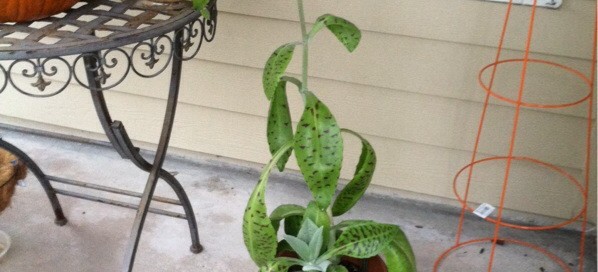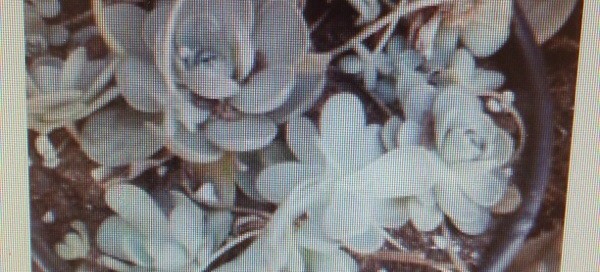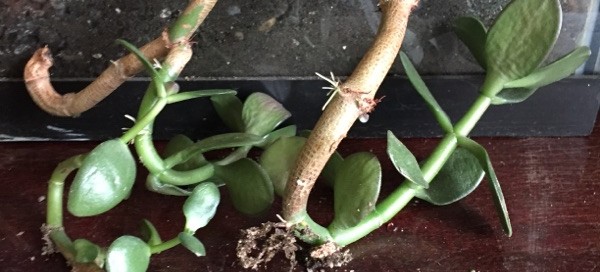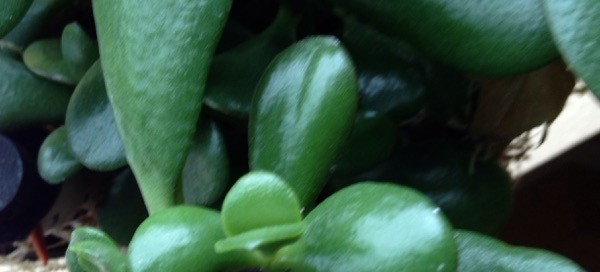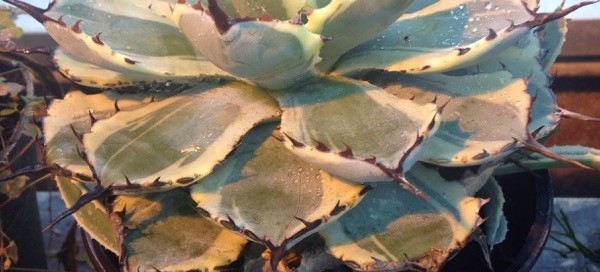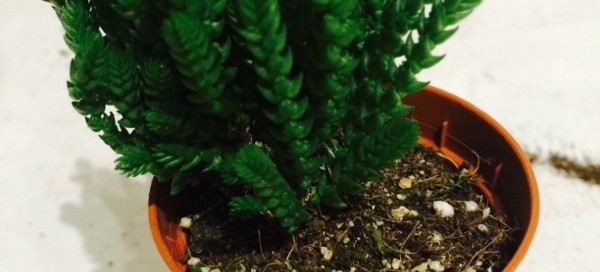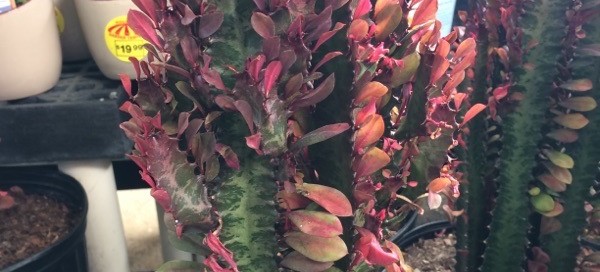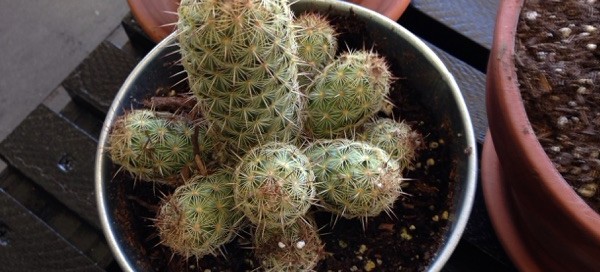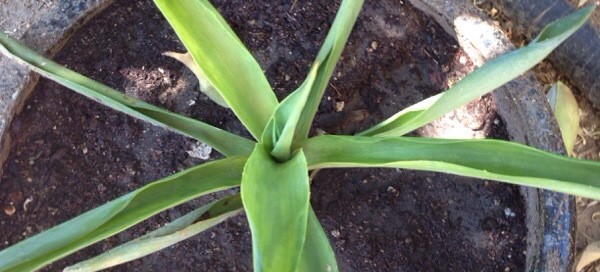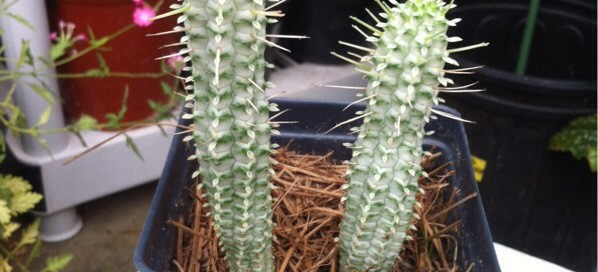Donkey Ears
A fast growing succulent perennial from rocky areas of northwestern Madagascar that grows to 1212"-18" tall and wide with leaves that can be enormous, from 12"-20" long. The leaves are bronze-green covered with a waxy white covering to look overall gray-green and splotched with maroon-brown blotches. These leaves often have small plantlets developing along the leaf margin. The flower spike begins to rise in fall to grow to a 2'-3' tall stalk that branches near the top with several clusters of pale peach-colored buds that darken and become the calyces holding the darker reddish-salmon petals with flared tips and yellow interior. The whole flowering process lasts nearly 2 months at which point the “mother plant” declines but the many plantlets on the leaves develop rapidly to bloom within 2 to 3 years. Great in a hanging baskets or as a specimen or mass planted in a dry garden. Plant in full sun to partial shade.
